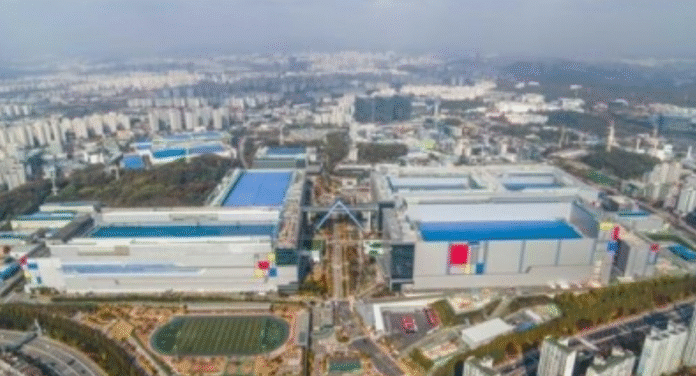Seoul— Samsung Electronics has kicked off high-level strategy meetings this week to chart its course for the second half of 2025, as global economic and geopolitical uncertainties mount, according to industry insiders.
The company’s biannual planning sessions, traditionally held in June and December, bring together executives from across its business divisions. The meetings are designed to evaluate regional and sector-specific developments, align on sales targets, and refine market strategies, Yonhap news agency reported Tuesday.
This week’s three-day conference, which runs through Thursday, comes at a time of rising instability in international trade and geopolitics — notably the impact of shifting U.S. trade policies under President Donald Trump’s second term and growing tensions in the Middle East.
Executives are also expected to address vulnerabilities in the supply chain and formulate region-specific contingency plans, the sources added.
As in past years, Executive Chairman Lee Jae-yong is not expected to participate in the internal sessions.
The Device Experience (DX) division is reportedly focusing on the upcoming launch of Samsung’s next-generation foldable smartphones — the Galaxy Z Fold 7 and Galaxy Z Flip 7 — and on tailoring regional marketing strategies. The team is also preparing for the potential fallout from new U.S. tariffs that include home appliances under a proposed 50 percent duty on steel-related imports.
Meanwhile, the Device Solutions (DS) division, which handles the tech giant’s semiconductor operations, is expected to discuss strategies to regain ground in the global memory chip market and improve its competitiveness in high-bandwidth memory (HBM) and foundry services.
Samsung lost its top position in the global DRAM (dynamic random access memory) market to domestic rival SK hynix in the first quarter of this year. According to market research firm Omdia, Samsung’s global DRAM market share dropped to 34.4 percent from 38.6 percent, while SK hynix’s share edged up from 36 percent to 36.9 percent — marking the first time it has surpassed Samsung. (Source: IANS)








